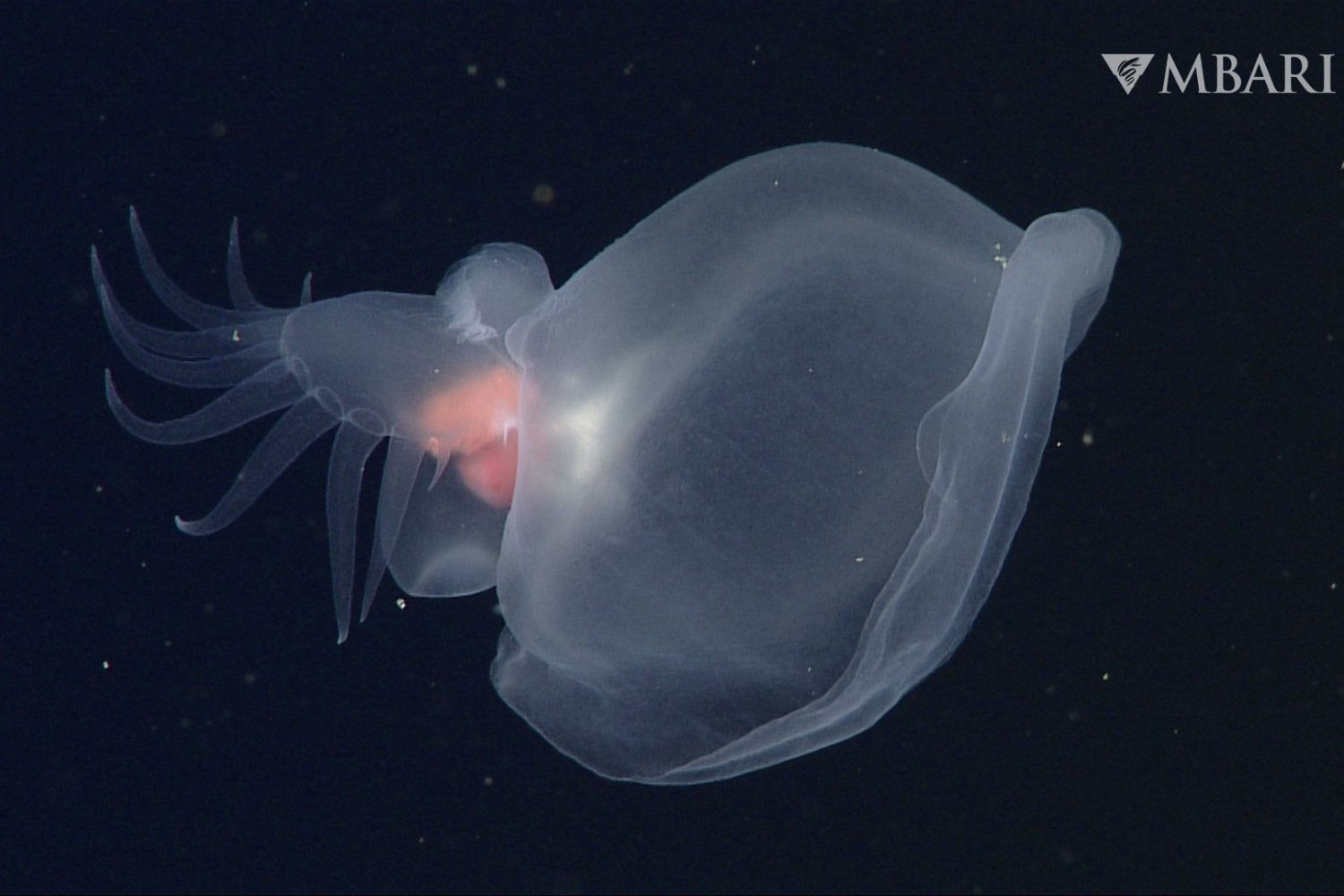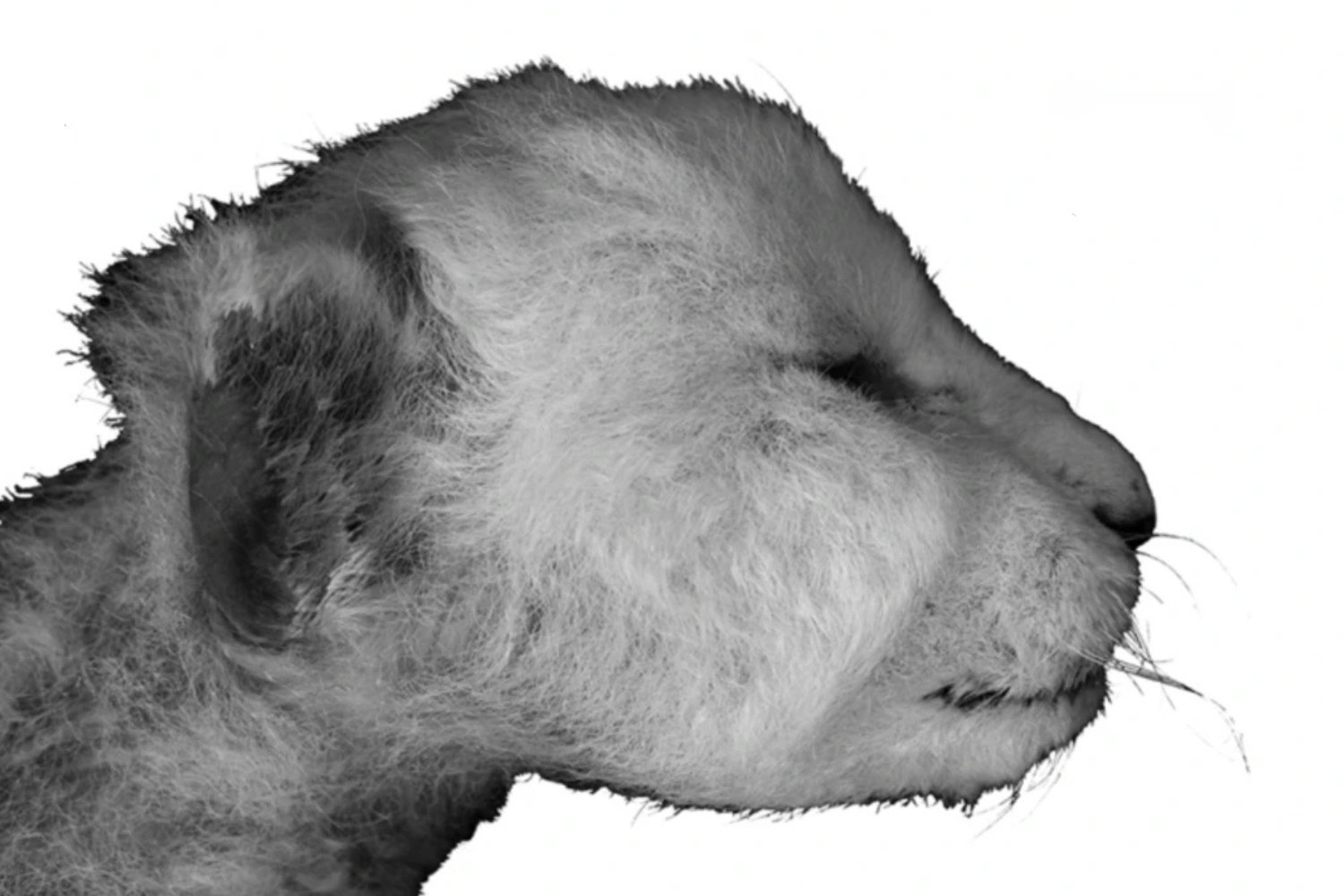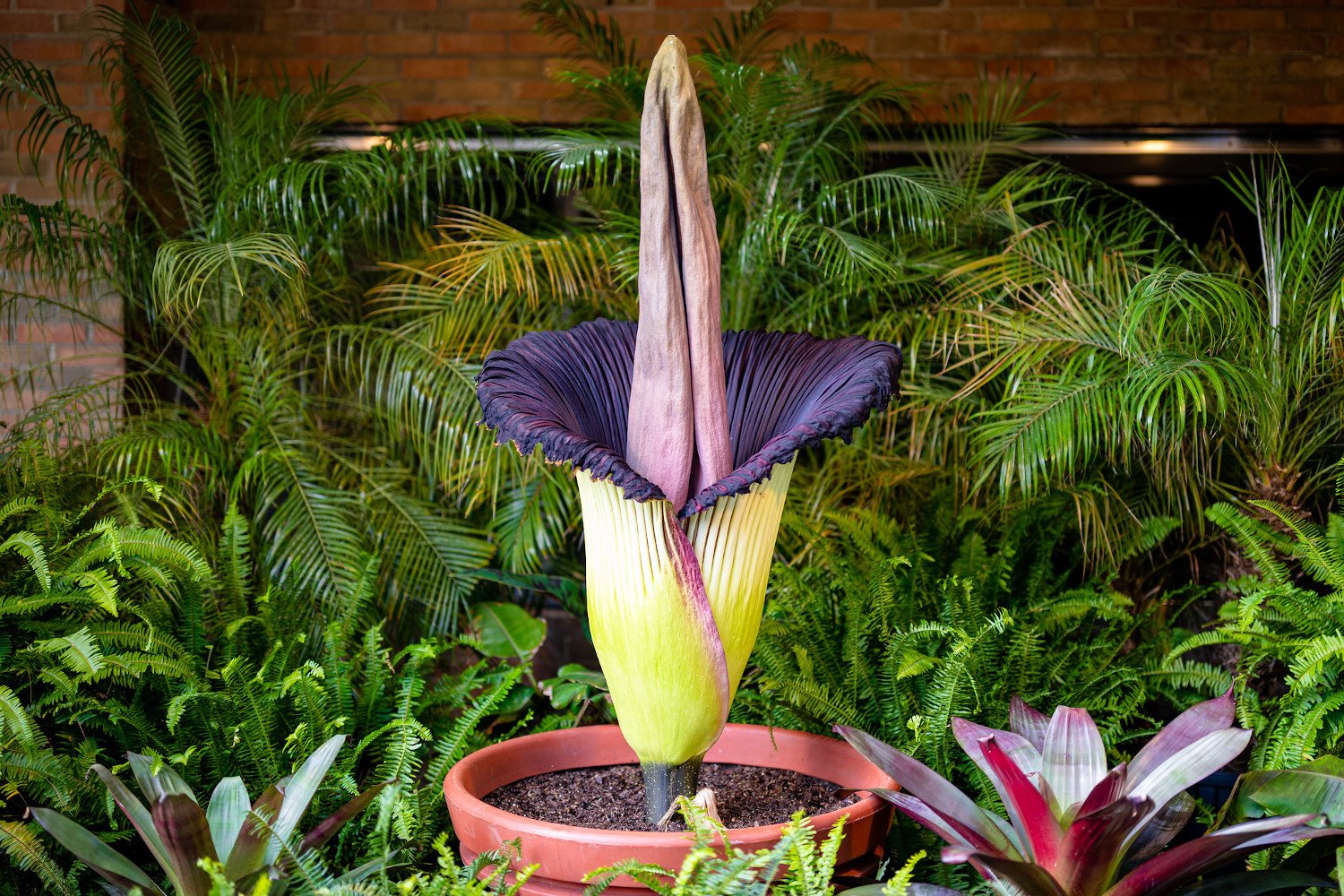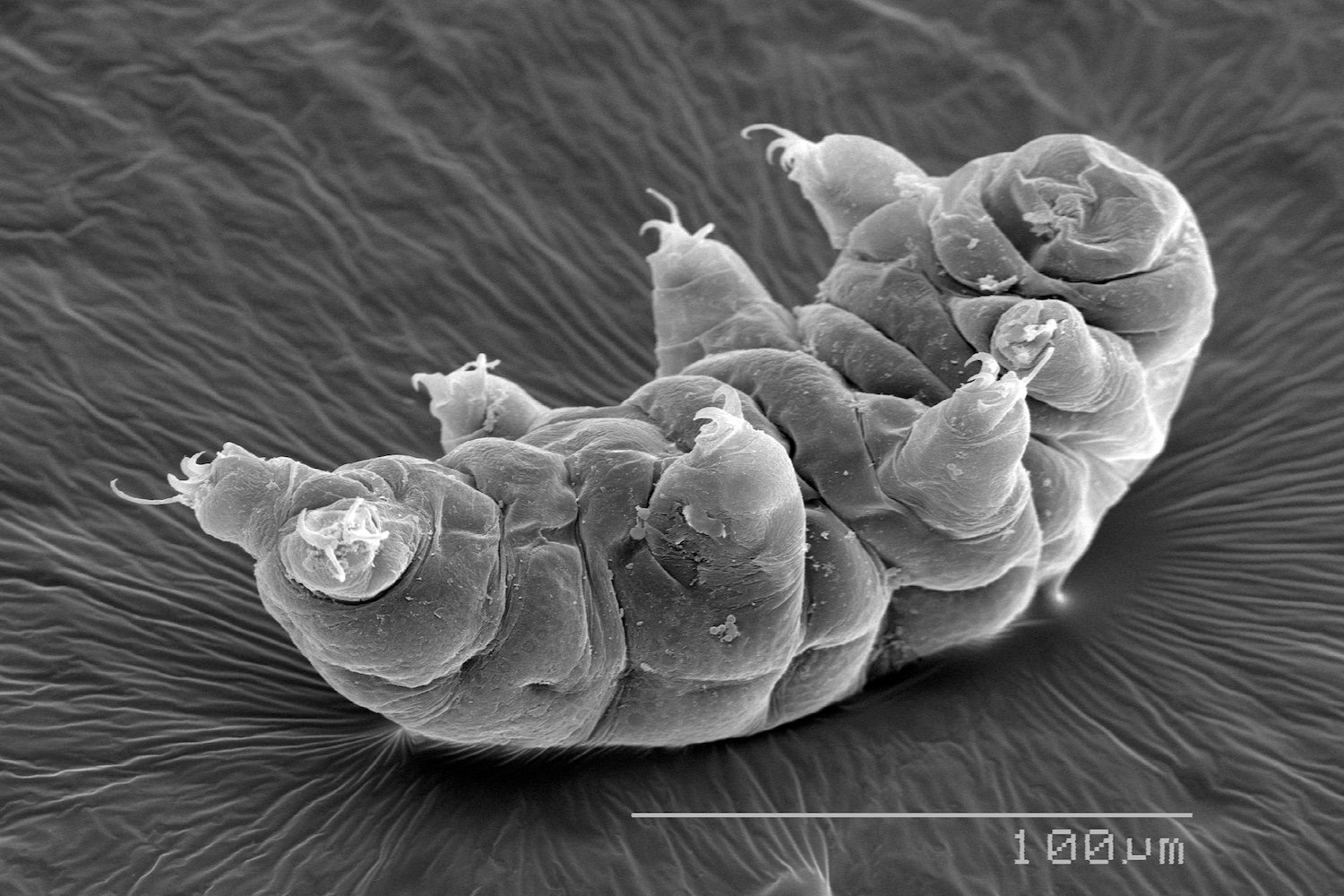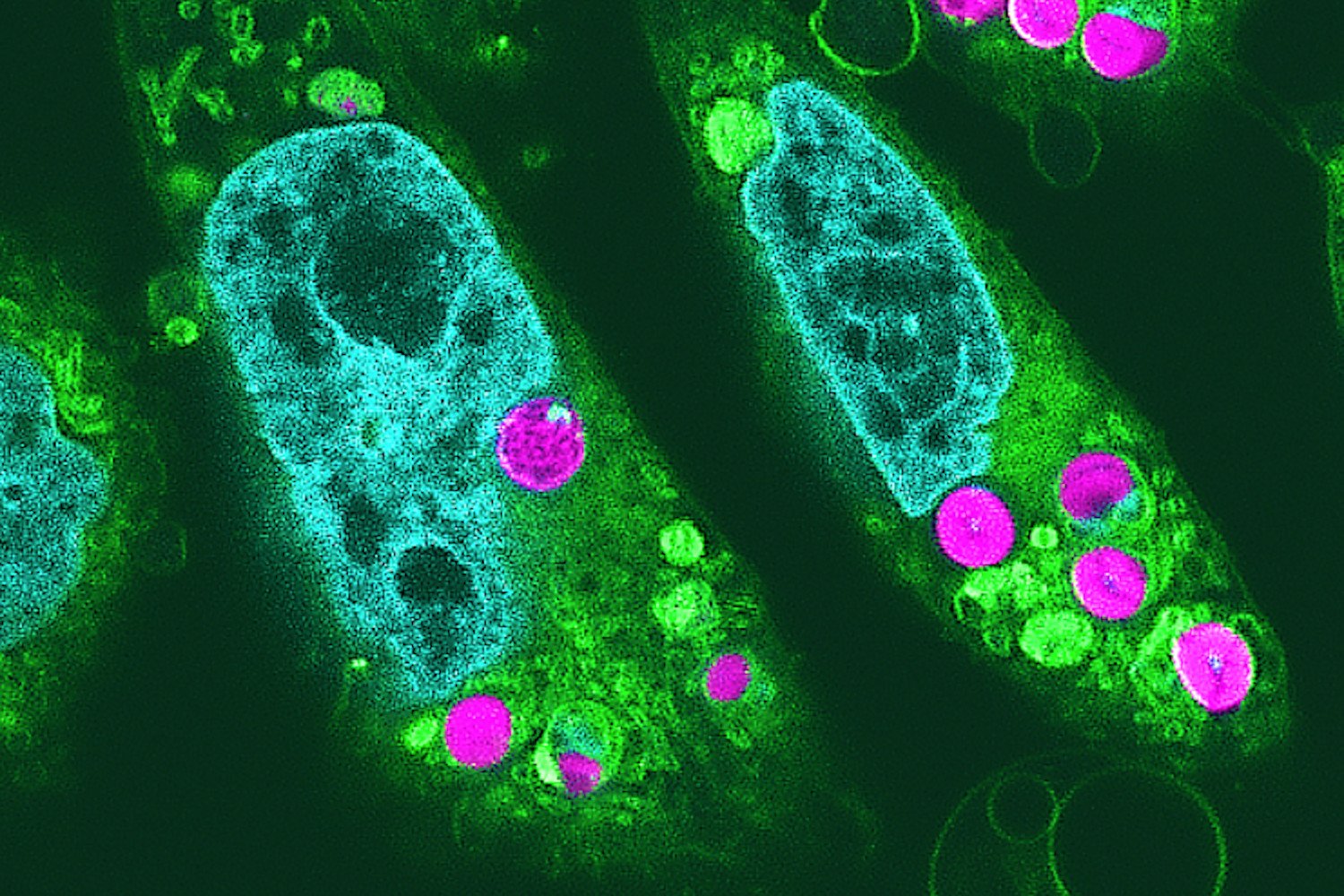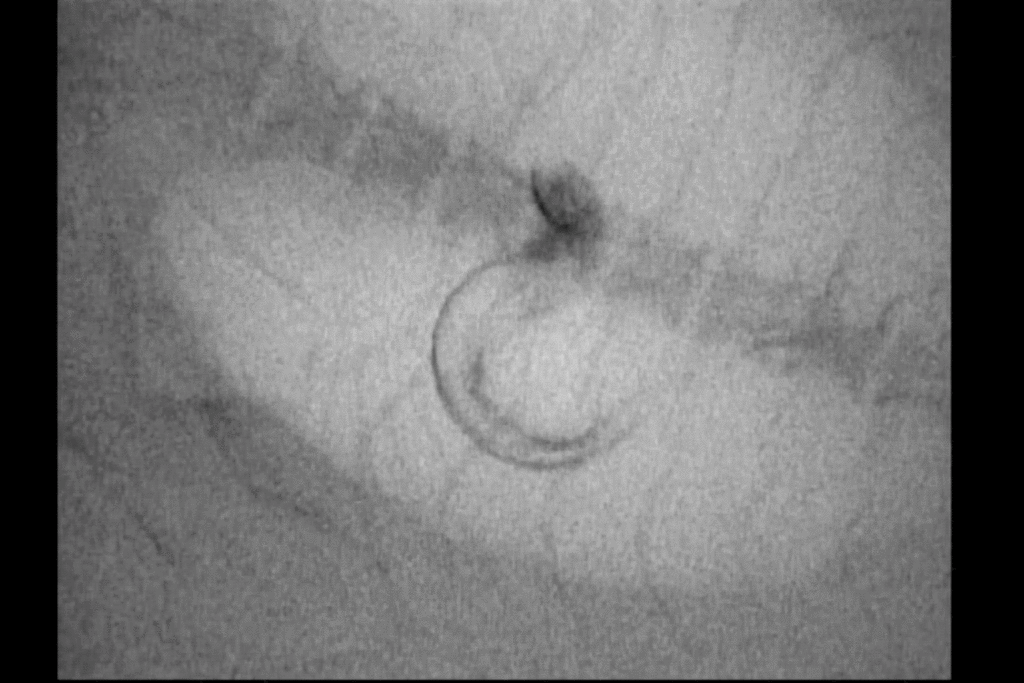The deep ocean, a realm of perpetual darkness and mystery, continues to surprise us with its bizarre inhabitants. One such creature, previously known as the “mystery mollusk,” has finally revealed its secrets to science. After nearly 25 years of research, scientists have published a comprehensive description of this fascinating deep-sea animal, shedding light on its unique characteristics and evolutionary history.
The creature, scientifically named Bathydevius caudactylus, was first observed in 2000 by a remotely operated vehicle (ROV) exploring the depths of Monterey Bay, California. Its unusual appearance and habitat puzzled scientists for years, leading to extensive investigation. This research, culminating in a recent publication in Deep-Sea Research Part I, involved over 150 ROV sightings and meticulous laboratory analysis of a recovered specimen.
The study revealed that B. caudactylus is a nudibranch, a type of sea slug. Remarkably, it’s the first known nudibranch to inhabit the ocean’s midnight zone, residing at depths between 3,300 and 13,100 feet (1,000 to 4,000 meters). What sets this nudibranch apart is its extraordinary morphology: a gelatinous hood, a paddle-like tail with finger-like appendages, and, most strikingly, bioluminescence. This glowing ability is a rare trait among nudibranchs, adding to the creature’s mystique.
A Bioluminescent Wonder in the Deep
The bioluminescence of B. caudactylus originates from glowing granules distributed throughout its hood and tail. Scientists believe that the detachable, glowing appendages on its tail serve as a defense mechanism, distracting potential predators. These “dactyls,” as they are called, can regenerate, ensuring the mollusk’s continued survival. The observation of this bioluminescent behavior was made possible by advanced camera technology capable of capturing high-resolution, full-color images in the deep sea.
This 5.6-inch-long (14.5-centimeter) invertebrate feeds on crustaceans, which it captures with its funnel-shaped mouth located at the back of its hood. It is a hermaphrodite and spawns on the seafloor, at depths reaching the equivalent of nine stacked Empire State Buildings. Unlike other nudibranchs, B. caudactylus exhibits a lower metabolism, more akin to deep-sea jellyfish. Its neutral buoyancy allows it to drift and swim slowly, conserving energy in its resource-scarce environment.
Unveiling the Ocean’s Hidden Treasures
The discovery of B. caudactylus highlights the vast unknown within our oceans. Despite covering 70% of Earth’s surface, only a quarter of the global seafloor has been mapped. The average ocean depth of 12,080 feet (3,682 meters) holds countless undiscovered species, estimated by NOAA to be around 67% of the total marine life. Recent discoveries, such as animals living beneath the seafloor, further emphasize the boundless diversity of life in the deep.
While the “mystery mollusk” is no longer an enigma, its remarkable features continue to inspire awe and curiosity. Its unique adaptations to the deep-sea environment offer valuable insights into the evolution of life on Earth. This discovery serves as a reminder that the ocean’s depths still hold countless secrets, waiting to be unveiled.



